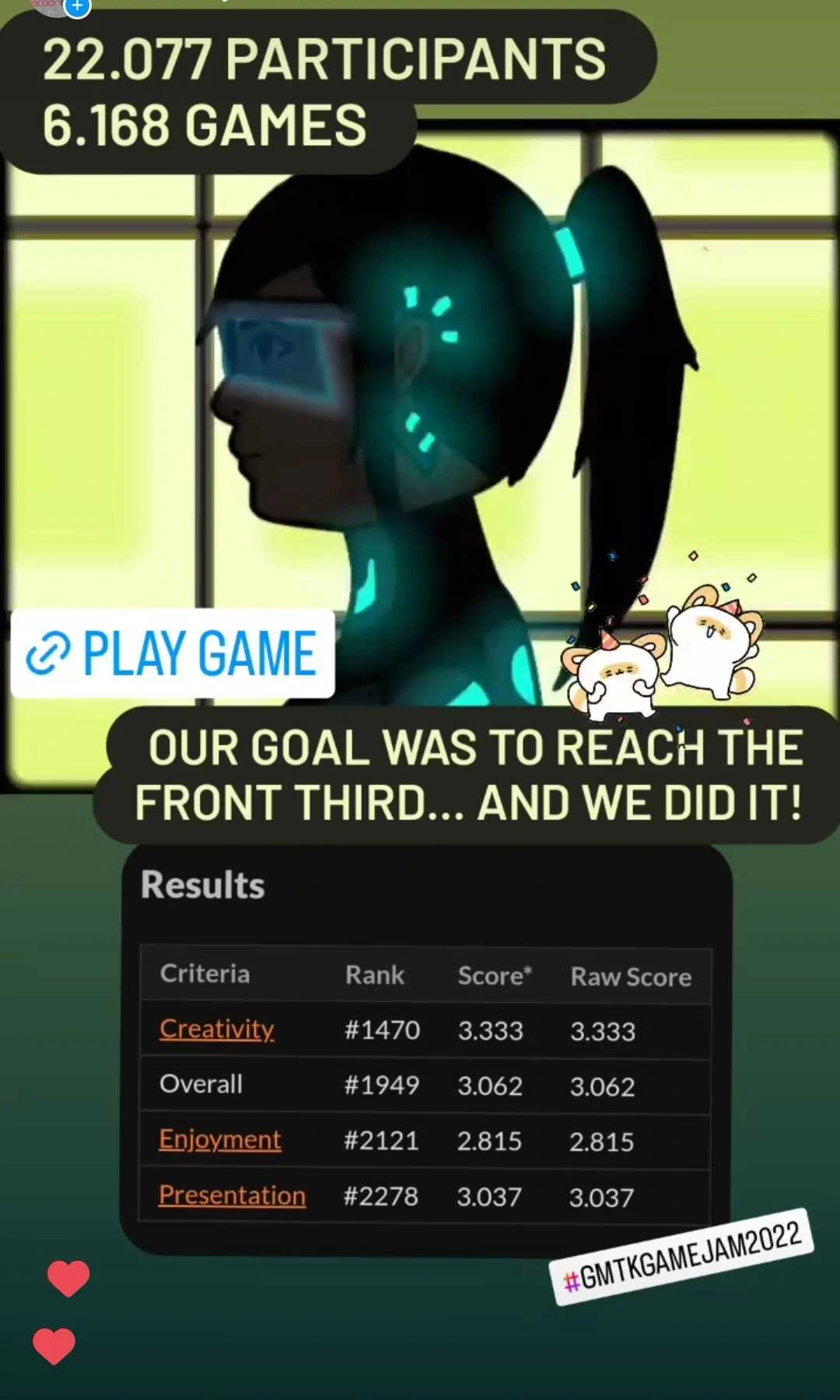What is a Game Jam?
A game jam is a time-boxed event where creators come together to design and develop a video game, usually from scratch, within a short period, often just a weekend. In our case, the jam lasted 48 intense hours and was conducted entirely remotely. Despite the distance, our team collaborated online to brainstorm ideas, write code, design assets, and build a playable game in just two days. Game jams like this are all about creativity under pressure, rapid prototyping, and teamwork - making them a unique and rewarding challenge for anyone passionate about game development.
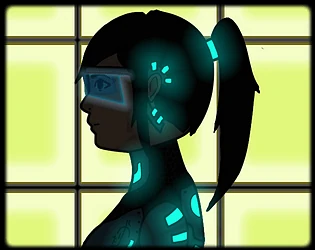
Rolling with the Theme: “Roll of the Dice”
This year’s theme was “Roll of the Dice” - a perfect prompt for creativity and unpredictability. Our team quickly latched onto the idea of a giant, explorable die as the core of our game world. From there, the concept evolved: the player is trapped inside a massive dice-shaped maze, where each shuffle of the die reshapes the level in unexpected ways.
The twist? Every time the player initiates a shuffle, the die rolls a random number from 1 to 6 and moves that many times, transforming the layout and unlocking (or closing off) new paths to explore. This mechanic brings the theme to life both narratively and mechanically, placing chance and strategy at the heart of the gameplay.
We started with a flurry of rough sketches and scribbles, trying to visualize how a navigable die could function and how players might interact with its shifting structure. These early doodles became the foundation for our game’s design and helped us stay aligned while working fully remotely.
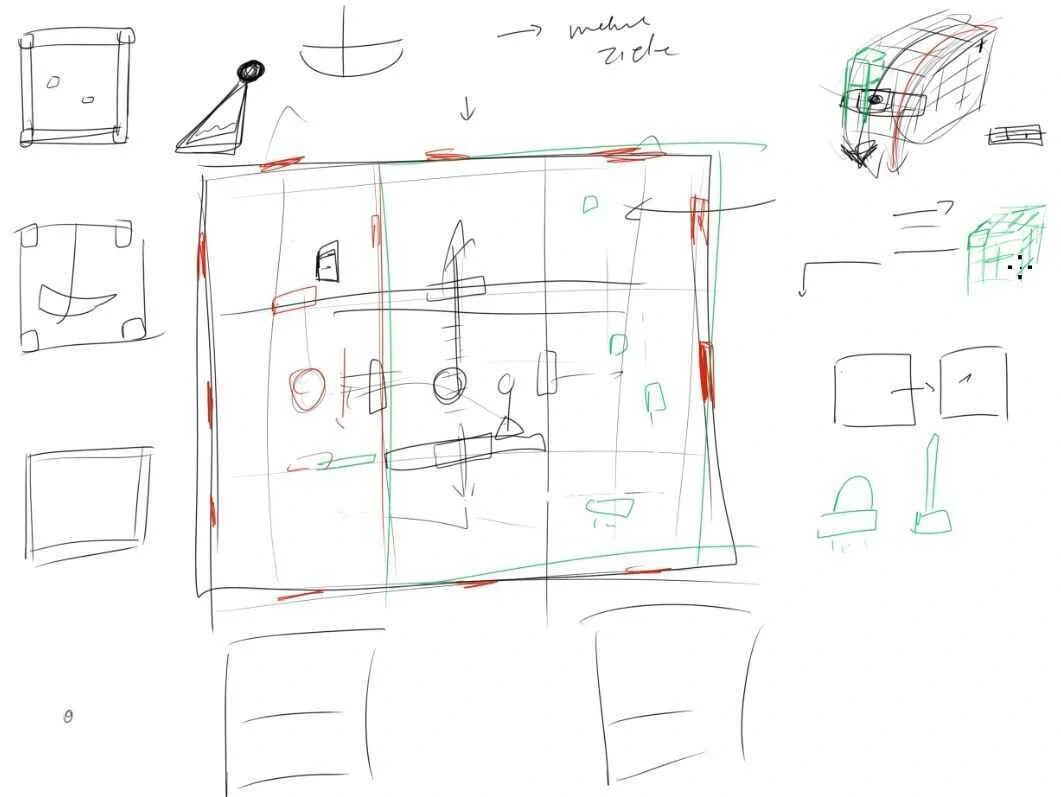
Bringing the Player to Life: Character Design and Animation
Once the gameplay concept was in place, our next step was to design and animate the player character. Since the game is a 2D side-view platformer, more in the style of a classic jump’n’run, we needed a character that was easy to read in motion, responsive to controls, and visually appealing in a constantly shifting environment.
We started with quick sketches to explore shapes and movement styles, aiming for something that felt agile and a bit quirky, in keeping with the dice maze setting. From there, we created simple animations for walking, jumping, idling, and reacting to the die shuffling. Even small touches like a bounce in the step or a curious glance added personality and helped the player feel connected to the world.
Throughout the process, our team stayed in sync via a permanent video call, which kept communication fast and fluid. Being able to share screens, give instant feedback, and react to animations in real time was a huge advantage - especially under the pressure of a 48-hour deadline.
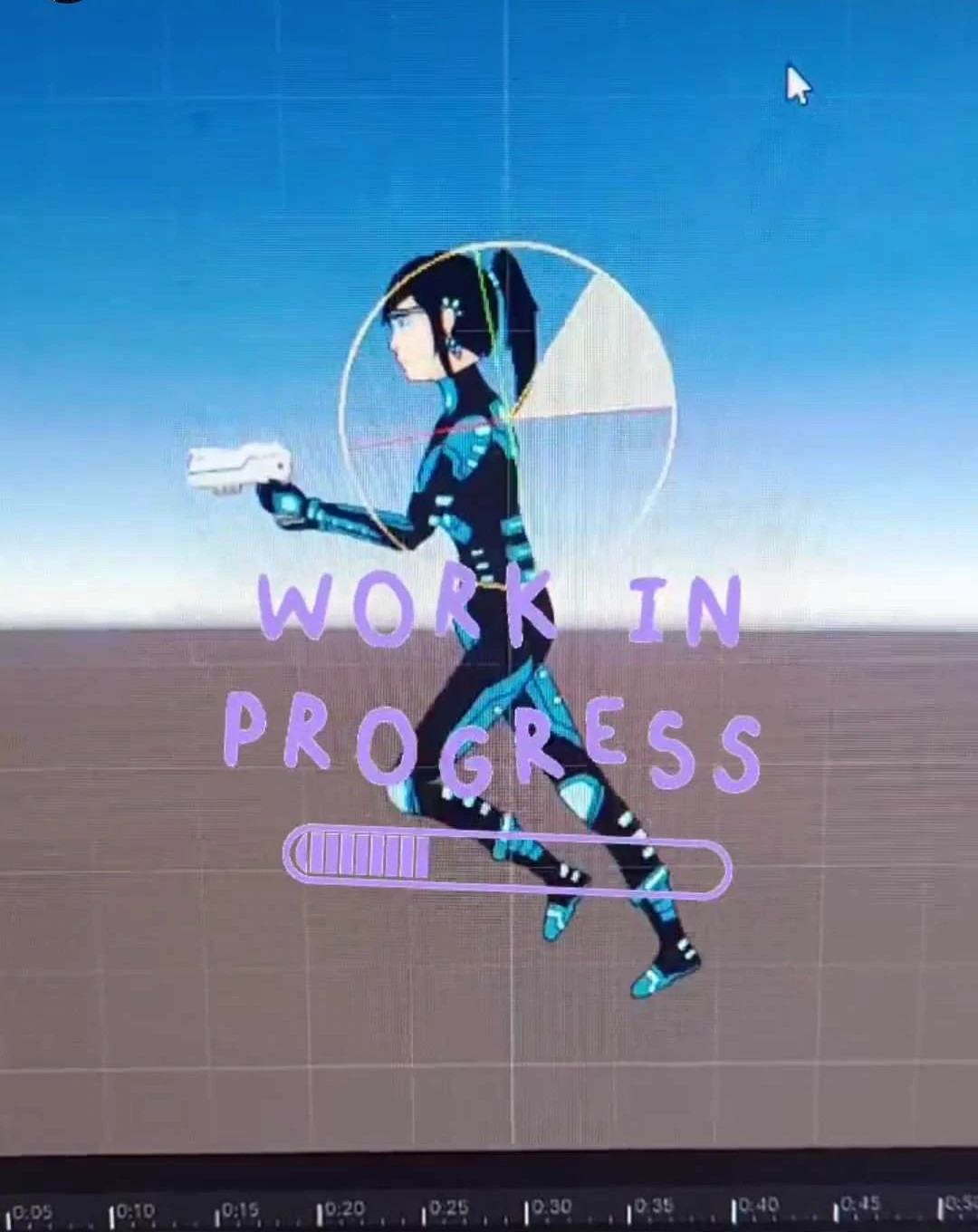
Building the World: Level Design and Implementation
While the character was taking shape, we began constructing the world around them. Our dice maze concept required modular level pieces that could shift and reconfigure based on the dice rolls, so we started sketching out room layouts and designing how each face of the die would connect to the others.
At the same time, development was already underway. We chose Unity as our game engine, working with C# to bring the mechanics to life. The implementation involved creating a system that could roll the entire die, randomly moving it 1 to 6 steps, while keeping the player grounded and the transitions seamless.
To manage both the creative and technical sides efficiently, we worked in parallel, designing levels, testing room transitions, and adjusting the shuffle logic on the fly. Our permanent video call made this real-time collaboration possible, allowing us to share progress, squash bugs, and brainstorm solutions without delay.
The result was a dynamic puzzle-platformer environment where chance and navigation are tightly interwoven - exactly the kind of challenge we envisioned when we first heard the theme.
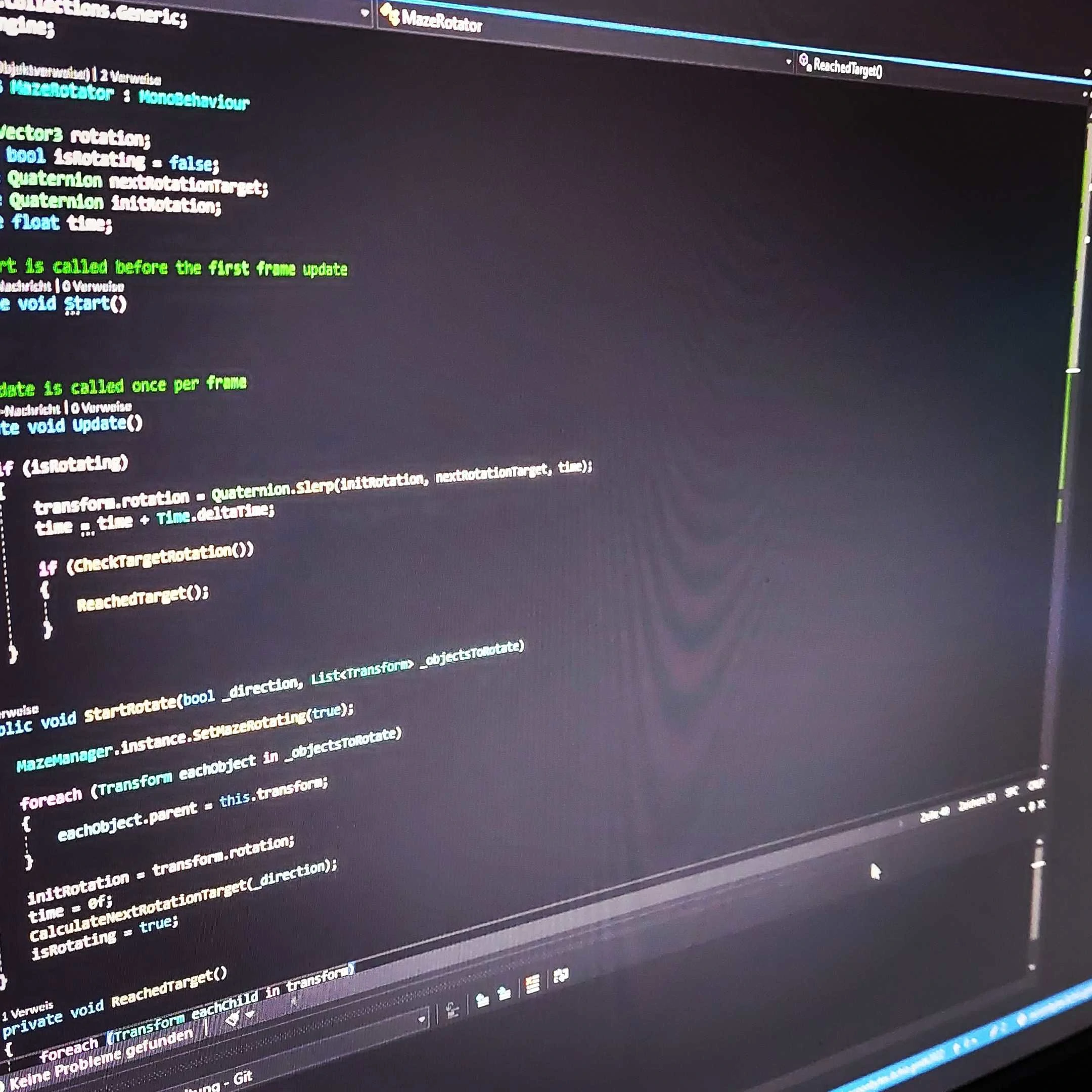
Adding Depth: Obstacles, Enemies, Effects, and Sound
With the core mechanics, level system, and character in place, we shifted our focus to bringing the game world to life. In the final stretch of the jam, we added obstacles and enemies to increase challenge and variety. These elements introduced timing, reflexes, and strategy into the mix, turning our shifting dice maze into a truly interactive experience.
We also layered in lighting effects to give the maze a more atmospheric feel. Subtle glows, shadows, and transitions helped differentiate rooms and made the world feel more immersive, even with our minimalist art style. Sound design played a key role too: from ambient audio to feedback cues for actions like shuffling or encountering danger, sound helped guide the player and enhance the overall mood.
Despite the tight timeline, these finishing touches made a huge difference. They elevated the project from a functional prototype to a playable, engaging game with personality and polish.
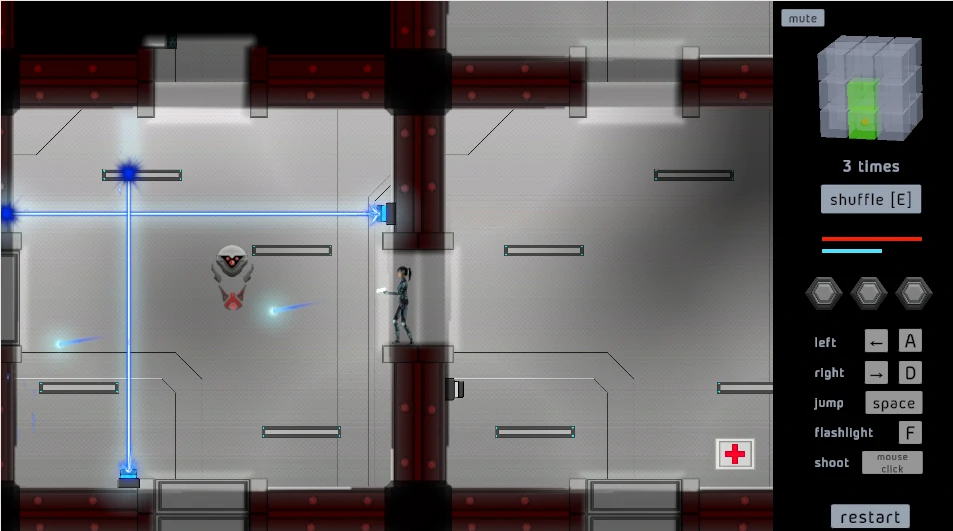
The Final Push: Sleepless Nights and Raccoon Eyes
As the deadline loomed, sleep became optional. With caffeine-fueled focus and dark circles under our eyes like raccoons, we pushed through the final hours, fixing bugs, fine-tuning mechanics, and making sure everything held together for the final build. It was chaotic, a little delirious, and absolutely worth it.
In the end, we emerged with a game we’re proud of: a quirky, dice-powered puzzle platformer built from scratch in just 48 hours. The jam tested our skills, creativity, and endurance - but more importantly, it reminded us why we love making games.
The Results: Top Third Achieved!
When the results were announced, we couldn’t be prouder. Out of 22,077 participants and over 6,100 submitted games, our small team ranked #1,949 overall, comfortably hitting our goal of landing in the top third. Even more exciting was our #1,470 ranking in creativity - a testament to the unique gameplay and fresh ideas we brought to the table.
As a very small team working fully remotely, every challenge felt bigger, but so did every success. From the dice maze concept to the dynamic shuffle mechanic, we pushed creative boundaries while balancing all the hats that come with indie development. The sleepless nights and raccoon eyes were worth it, knowing we crafted something original that resonated with the community.
This game jam was more than just a competition - it was a journey of collaboration, learning, and passion. And with that, we’re already excited for what’s next.
